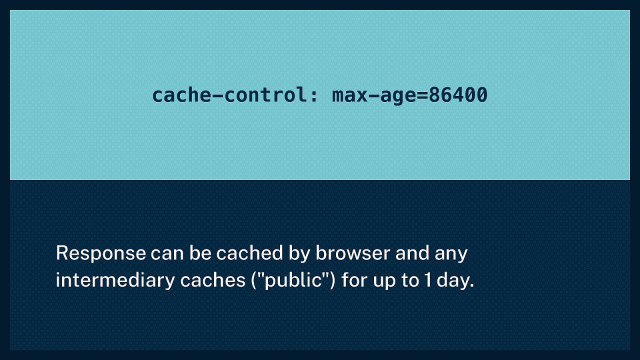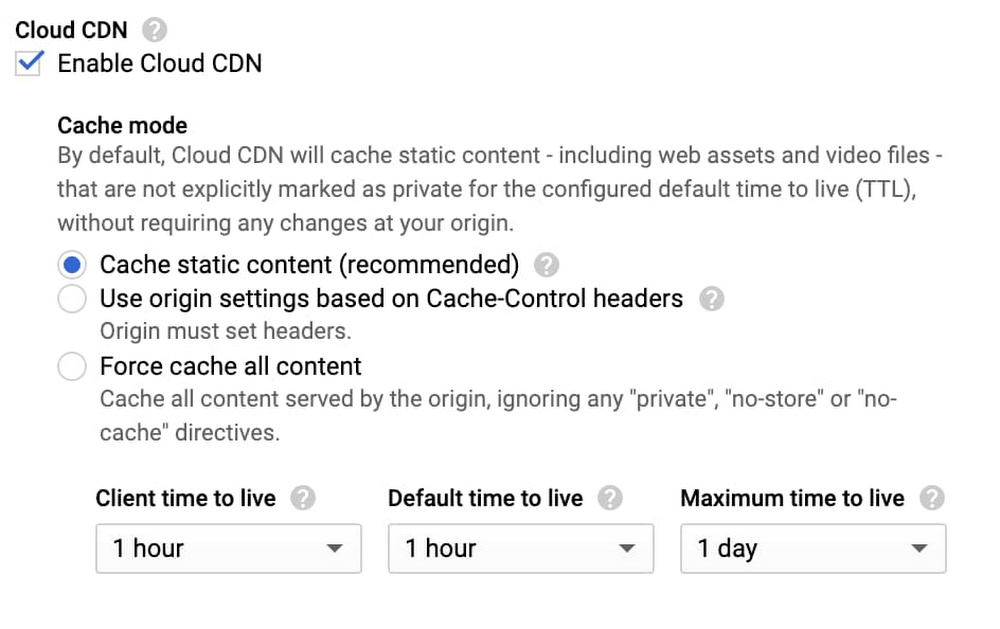

So, you would basically put all this information together into one URL that contains everything, assuming we're talking over an encrypted connection, you would also put this HTTPS in there. And um, if you were caches you would have built what is called the effective URL. So if I'd speak HTTP, I might have asked you something like, like this: a GET request, GET /multiply, whatever. So you've done some compute intensive work, hot labor and we're able to put the answer on shelf and reuse it just in case someone else comes around later and asks the same question again. And what you've just seen in the front here is caching. So I would like to start with a maybe simple math question for you. Regarding questions, I might be a bit short on time, so I hope you don't mind if you could just keep note of your questions and we'll postpone them and have a Q&A section in the end or you just come up in the, in the, in the lobby and ask me after talk. So my assumption will be that you know some the basics of Symfony and have used it for some time, but you need not bring any thing, any knowledge regarding HTTP caching in particular. This is, um, the HTTP caching fundamentals talk and I've designed this for the beginners track.

And um, I hope you all brought a bowl of popcorn for this talk. I hope you have been enjoying the first conference day so far. My hope is that when you return to work on monday, you will bring some new tools to your project that you can start using right away.
PRIVATE CACHE DIRECTIVE HOW TO
I will then show you a few ways how to implement HTTP level caching in your Symfony application, how to leverage the HTTP Cache included in the framework and resolve the mystery around ESI. We will have a look at the basic concepts, the different caching strategies and HTTP headers used to implement them. HTTP caching is a powerful technique to improve response times for site visitors, make more efficient use of bandwidth and reduce server load. Symfon圜on 2019 Amsterdam presentation by Matthias Pigulla.


 0 kommentar(er)
0 kommentar(er)
